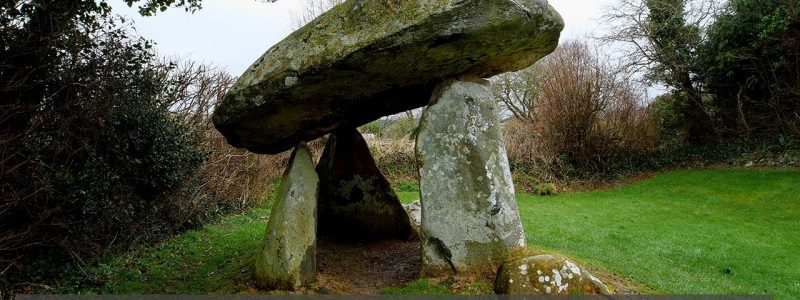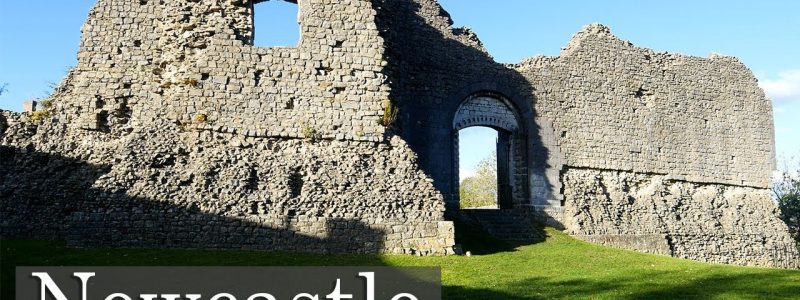St. Quentins has many names. You say St. Quentins and I say St Quintin’s. It’s also known as Llanblethian, and Castell Llanfleiddan. It sits in what appears to be a quiet, out of the way village in Llanblethian, Cowbridge, Wales.
It’s thought to have started out as a ringwork with a bank and ditch in around 1102 with the stonework being added in the late 12th century and then reinforced in the early 14th by the Earl Gilbert de Clare. However, Gilbert was killed before the castle was completed, and because the castle lacks certain features, it is possible that the building work was discontinued as a result of the Earl’s death. By 1740 it was was said to be in a ruinous state.
The gatehouses did see some use as a prison in the 15th century and was briefly occupied as a dwelling in 1820.

 Unlock with Patreon
Unlock with Patreon

